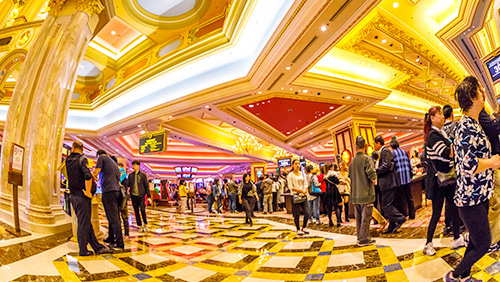Last year, Macau updated its smoking policies throughout the city, making it prohibited to smoke in a number of public places, including anywhere inside casinos. Casinos were given a grace period to conform with the new standards and – although most have complied – there appears to be a breakdown in the system. The number of fines now being issued for violating the no-smoking rules has been increasing.
 Through the end of last month, 1,431 individuals have been fined for smoking in prohibited areas inside Macau’s casinos. During the same period last year, only 779 people were ticketed for illegally smoking.
Through the end of last month, 1,431 individuals have been fined for smoking in prohibited areas inside Macau’s casinos. During the same period last year, only 779 people were ticketed for illegally smoking.
From January 2018 through October, there have been a total of 725 site inspections conducted with the assistance of the Macau Health Bureau inside casinos. This is an increase of 165 over the number of inspections conducted during the first ten months of 2017.
The bureau also indicated that the majority of the incidents occurred at the same casinos, including the Sands Macao. The casino hotel is operated by Sands China Ltd., a division of Las Vegas Sands Corp.
Smoking in casinos was first banned in October 2014, but allowed smoking in enclosed smoking lounges, provided they didn’t have gaming tables or machines. The policy was updated last year to ban tableside tobacco in VIP rooms and was effective as of January 2018. However, a grace period was implemented, extending the launch date to January 1, 2019, in order to give casinos time to create approved VIP smoking lounges.
Last month, Macau’s Legislative Assembly passed a draft bill that aims to stop a problem before it starts. The assembly agreed to no-smoking guidelines for the future operation of the Light Rail Transit (LRT) system planned for the city, which will prohibit smoking on any train platforms or inside the cars. Violators will be subject to a first-offense fine of 1,500 patacas (US$185).
The first section of the LRT, LRT Taipa, is expected to be operational at some point next year. It will cover Cotai and includes a total of 11 stations along a 5.7-mile route. The section was expected to cost no more than 11 billion patacas ($1.36 billion), but 10 billion patacas have already been spent and the section isn’t close to being completed.